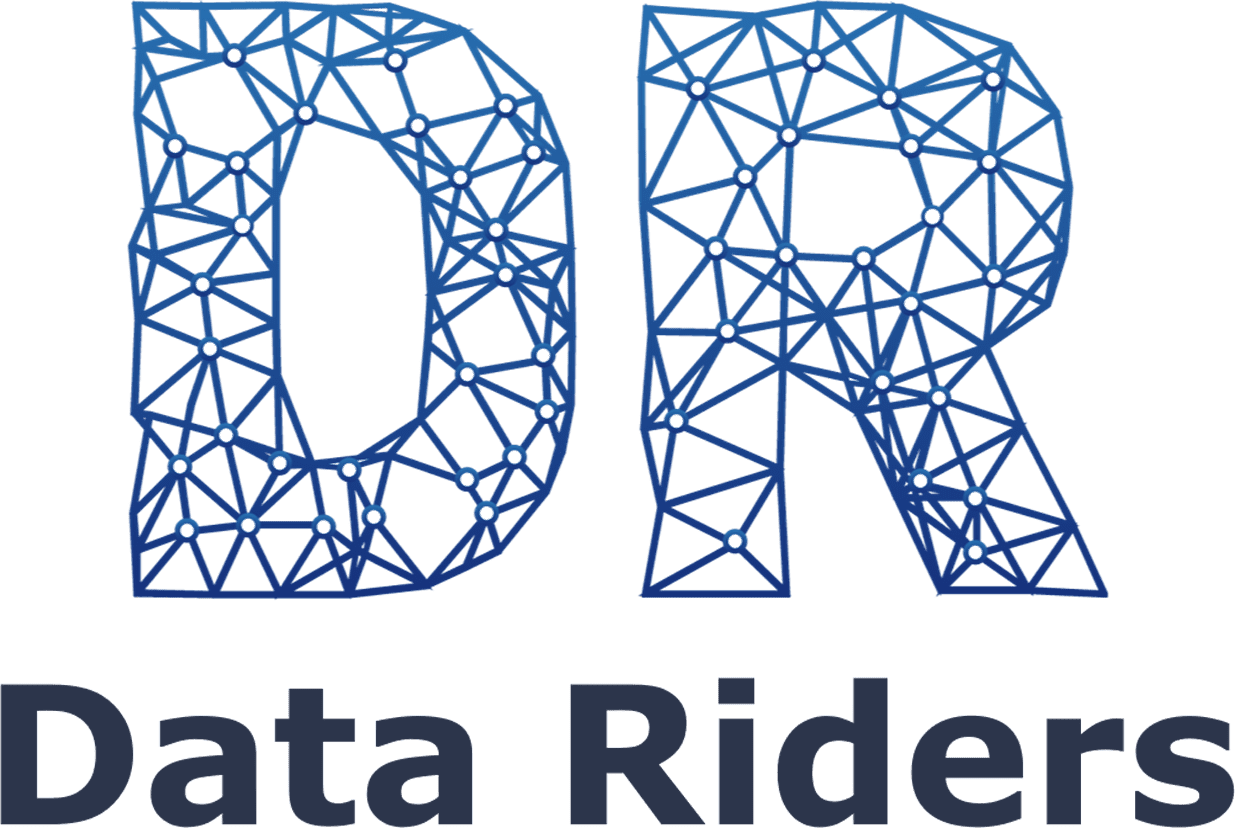TSM Protocol
From environmental disasters to operational failures, the possibility of unexpected events requires a robust and strategic approach to crisis management and communication. The Mining Association of Canada’s (MAC) Crisis Management and Communication Planning Protocol offers a comprehensive framework for mining companies to navigate and mitigate crises effectively.
A framework for preparedness and response
At the heart of the protocol are three essential indicators: Preparation, Review, and Training. These indicators were developed to ensure that mining companies are not only ready to respond to a crisis, but also prepared to manage internal and external communication effectively.
Indicator 1: Preparation
The basis of crisis management is preparedness. This includes identifying credible threats, forming a crisis management team, and developing a crisis management and communication plan. The emphasis is on ensuring that the CEO and senior leadership demonstrate support and endorsement of these plans, reflecting a commitment to readiness from the top of the organization.
Indicator 2: Review
Regular reviews of crisis plans and communication are essential to ensure that they remain relevant and effective. This involves updates based on changes in staffing, operations, or external factors, as well as testing of the notification mechanisms and employee alert systems. This cycle of continuous improvement ensures that the company remains agile and responsive to new threats.
Indicator 3: Training
Equipping teams with the skills and knowledge needed to deal with crises is critical. This includes conducting simulated tabletop exercises annually and, every three years, a full crisis simulation. These trainings prepare the crisis management team to act effectively under pressure, increasing the resilience of the organization.
Companies should evaluate their performance on each indicator, both for the corporate office and for each unit that implements TSM. Unlike most TSM protocols, these three indicators are evaluated based on a Yes/No scale. All criteria need to be met for the indicator to receive the “Yes” rating.
Beyond Compliance: Cultivating a Culture of Resilience
The Crisis Management and Communication Planning Protocol is not just a compliance tool, but a roadmap for building a culture of resilience in the mining industry. By incorporating these principles into corporate DNA, mining companies become more agile in the face of crises, protecting their operations, employees, communities, and the environment.
In addition, the protocol reinforces the importance of engaging communities of interest and external parties, promoting transparency and trust in the company’s efforts to deal with crises. This community-centered approach not only reduces the impact of crises, but also strengthens the social license to operate.







